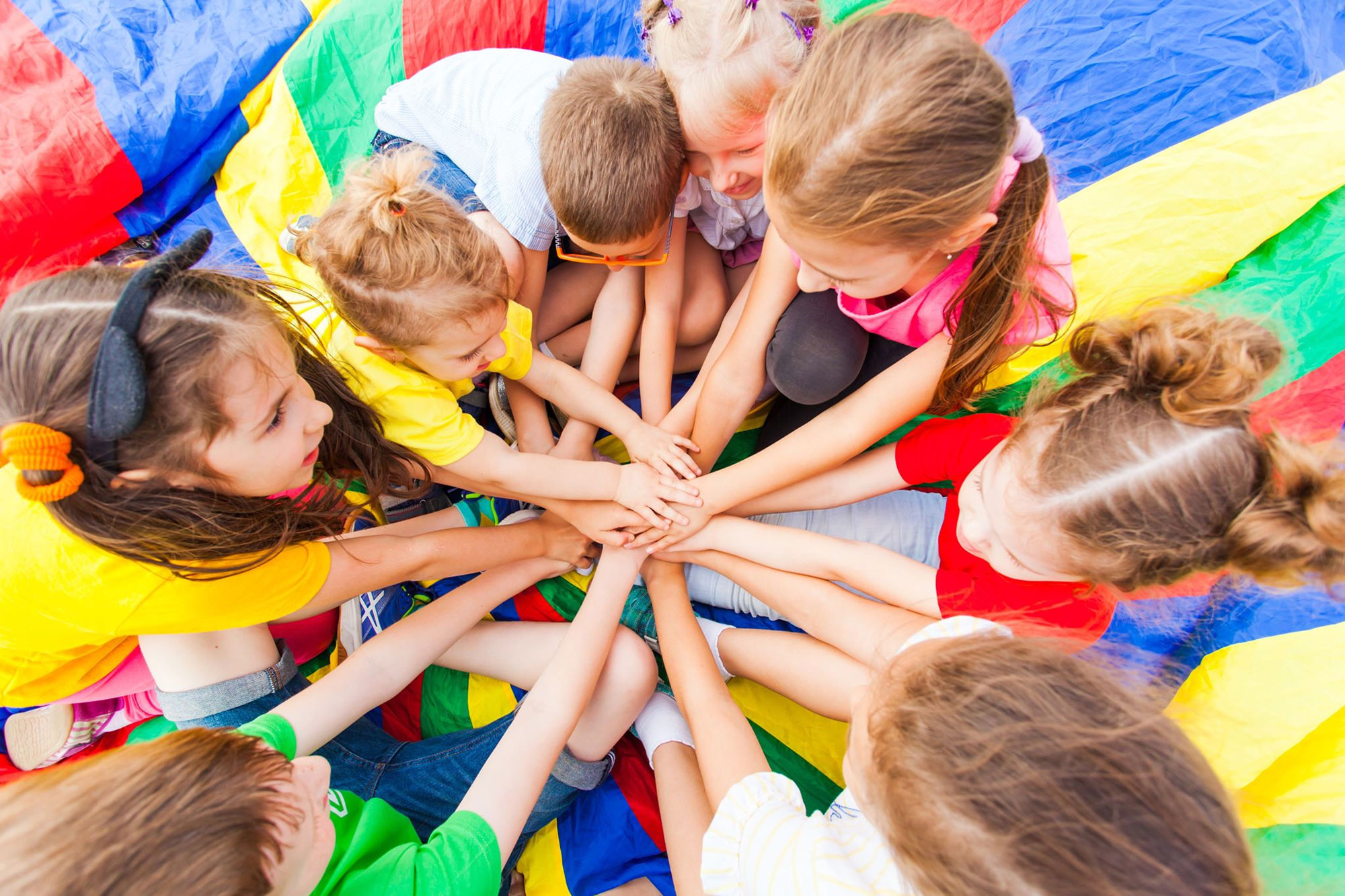6 Activities to Cultivate Empathy and Build Community in the Classroom

“I believe empathy is the most essential quality of civilization.” – Roger Ebert
Empathy is perhaps the most important skill a person can develop in life, yet it rarely makes the curriculum in traditional public schools. Fortunately, modern educational psychologists are beginning to recognize its positive effects, calling it the “empathy advantage” and advocating for school leaders to incorporate effective empathy education into their daily schedules.
Learning empathy gives students an edge in leading more meaningful and productive lives. Empathy strengthens community in the classroom, improves communication skills, increases prosocial behaviors, and has been linked to higher academic performance.
Try these 6 activities to cultivate empathy and build community in your classroom this year:
1) Temperature Check
Starting the day out with a temperature check can help students become more aware of their emotions as well as the emotions of others. Simply hand out a sheet of paper (or use a laminated one and erase daily) with a mood-o-meter where the students can label their emotion and rate its intensity. This not only gets kids thinking about their own emotions, but it allows the teacher to know where the students are when they start the day. Then, the teacher might say “Okay class. Today we have 4 people who are feeling at a 1 today. It could be the person sitting next to you. So be kind”.
2) Community Circle
Community circle helps cultivate a sense of community in the classroom and builds respect and empathy among students. Circle time teaches important communication and social skills while also giving children a sense of routine and consistency. Community circle typically takes place every day and gives students an opportunity to share with the group as well as listen to others. Talking sticks are a great way to help students take turns and recognize when to speak and when to listen.
3) Teach Perspective through Storytelling
Understanding that everyone has a different perspective can be difficult for younger children to grasp. Storytelling is one way to teach perspective to children. After reading or telling a story, ask children reflection questions from the perspective of each character. Some questions you might ask include “How do you think Tommy felt?” or “What might Jenny have been thinking when she made that choice?”
4) Someone else’s shoes
For this activity, share the proverb “Don’t criticize a man until you’ve walked a mile in his shoes” and talk about the meaning behind it. Then, provide students with shoe coloring sheets to decorate and fill in the following information:
- 5 things you may not know about me
- 4 goals I’ve accomplished
- 3 wishes I have for the future
- 2 challenges I’ve overcome
- 1 thing I need most in life
This activity promotes personal self reflection and deepens empathetic understanding among students.
5) Wrinkled Heart
The Wrinkled Heart is a great bully prevention activity that can help cultivate empathy in the hearts of children of all ages. The activity itself is pretty simple. Each student will cut out a paper heart and listen to a story read by the teacher. The teacher can choose any story that talks about bullying. Each time a student hears mean words being said or unkind actions taking place he should put a little wrinkle in his heart. By the end of the story, the paper hearts will be quite wrinkled. The teacher then illustrates how even if you try to, you can’t get the heart back to the way it was before it was wrinkled. A great catchphrase to tell the students here is, “Before you speak, think and be smart. It’s hard to fix a wrinkled heart”.
6) Switching Roles
This activity works well when students are experiencing conflict or challenge with one another. Have students sit down with a piece of paper and reflect on what the other person might be thinking or feeling about the situation. Depending on the child’s age, he can write or draw pictures to illustrate how he imagines the other person feels. Once the child has contemplated on the other person’s perspective, then he can write and/or draw how he is personally feeling. Finally, the children can share their perspectives and reflections with one another and from there, work on conflict resolution.

